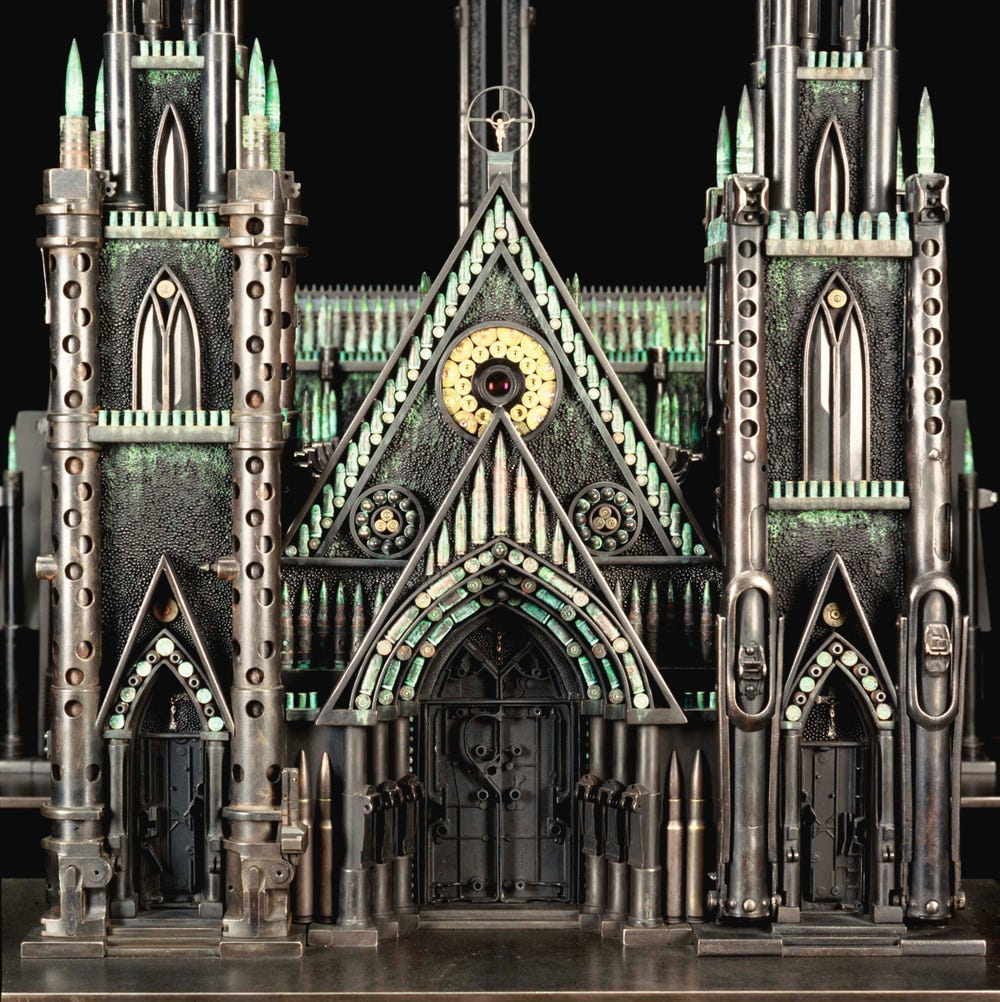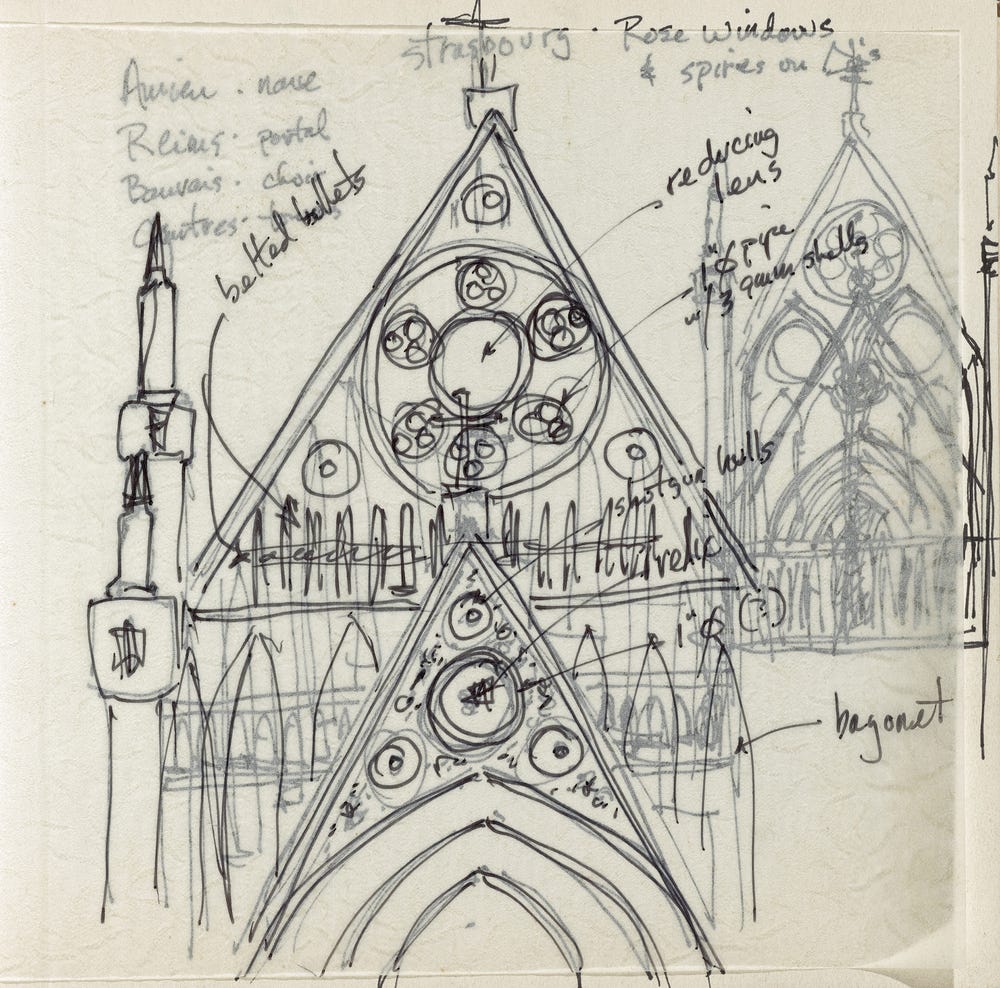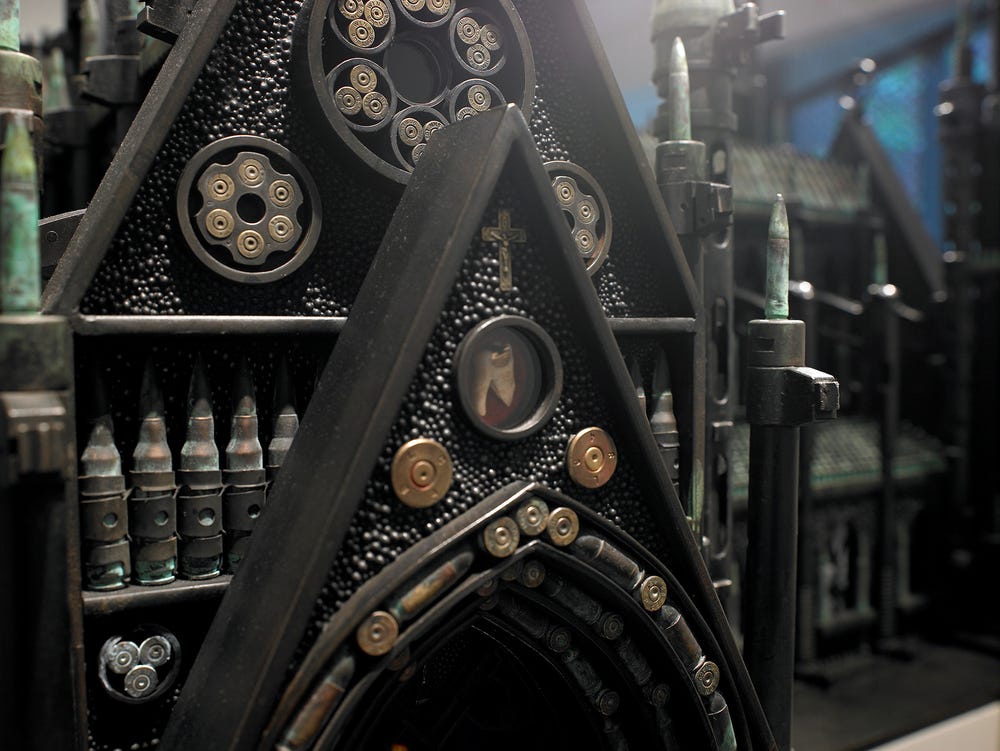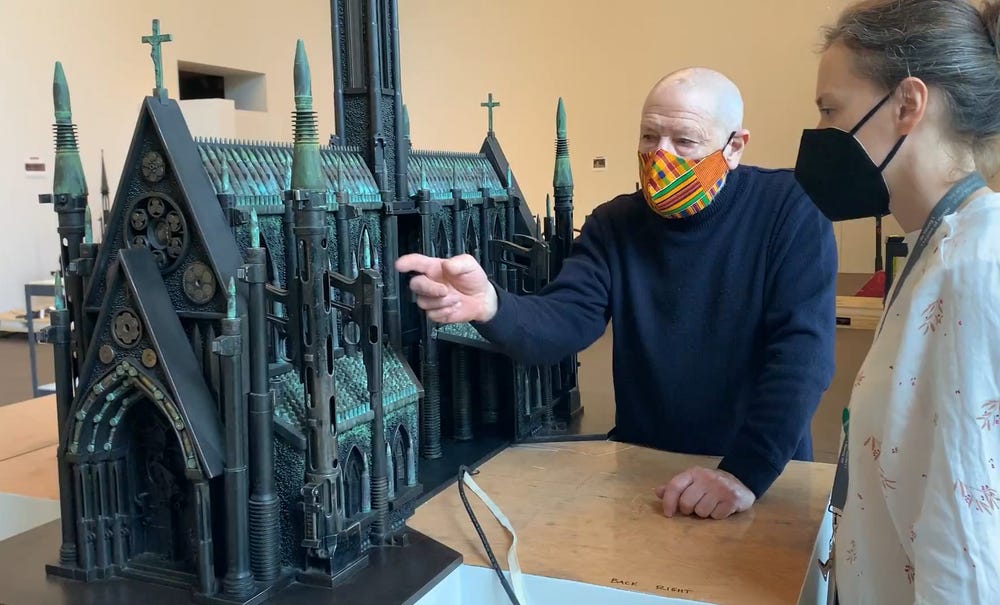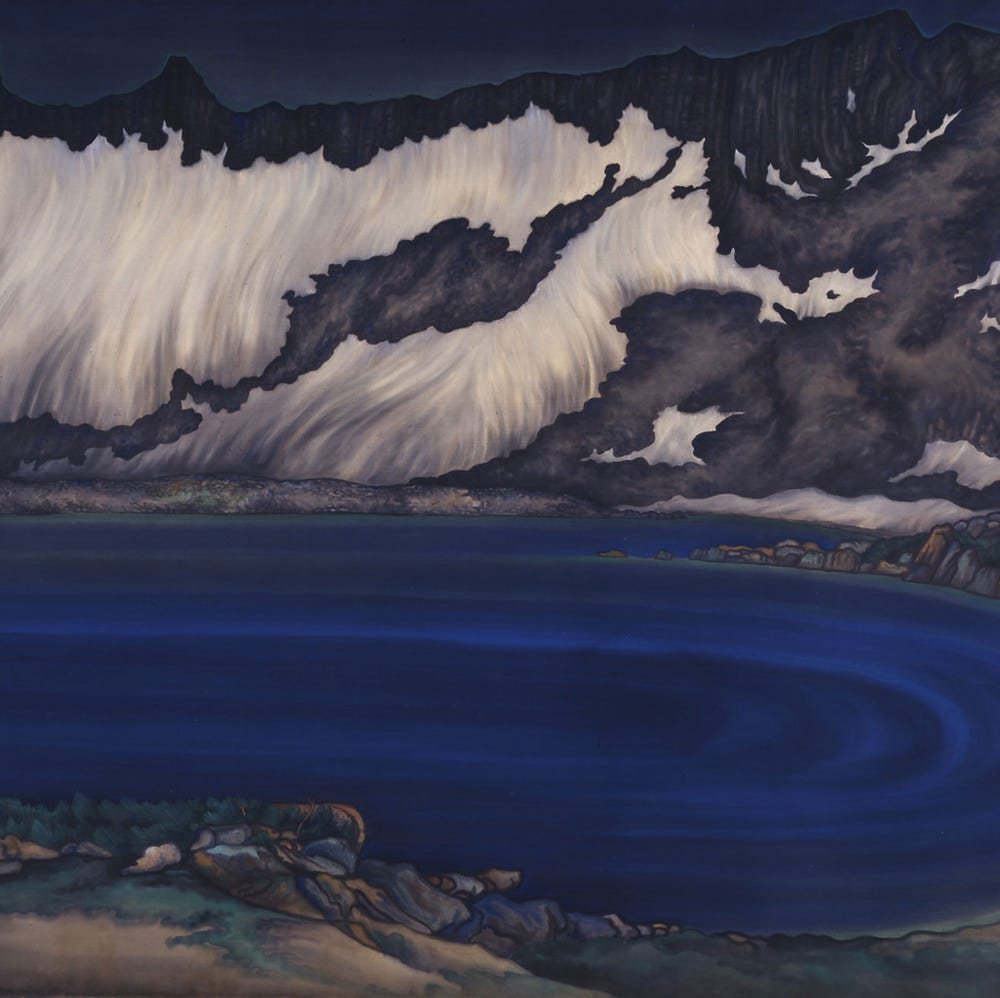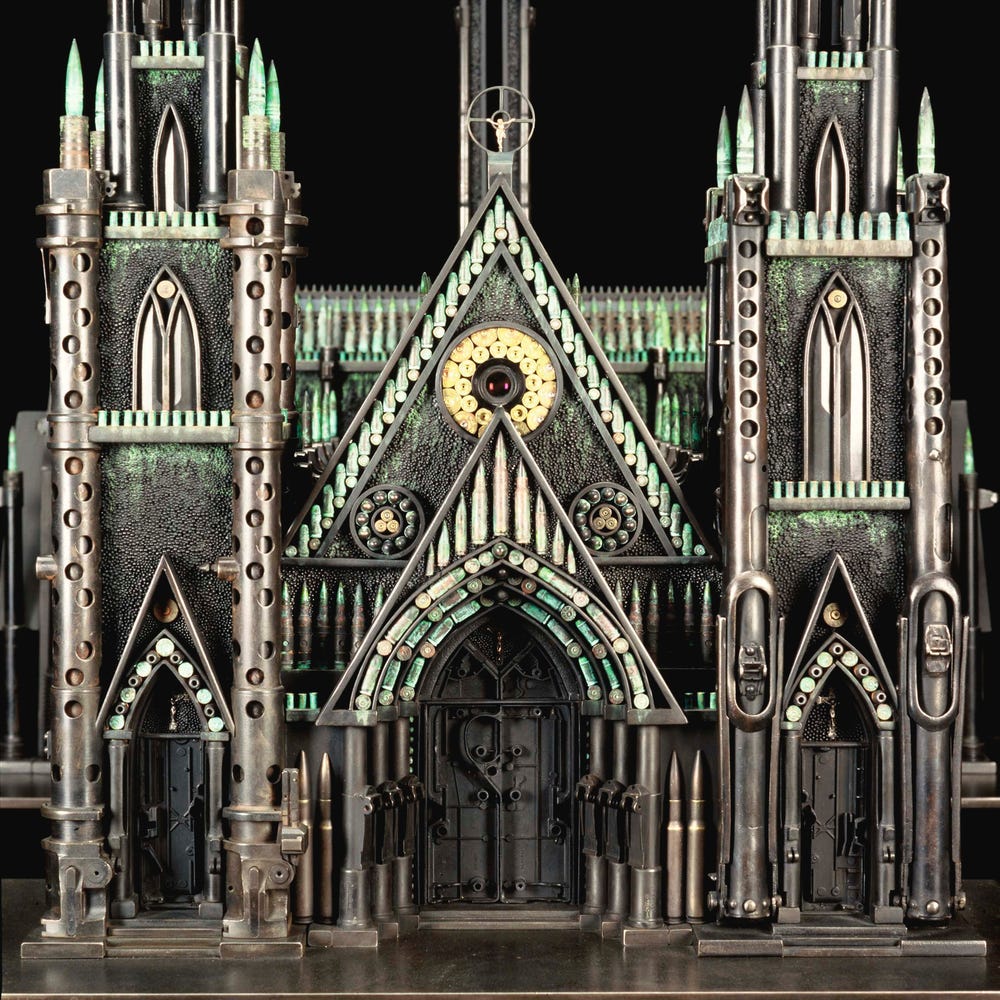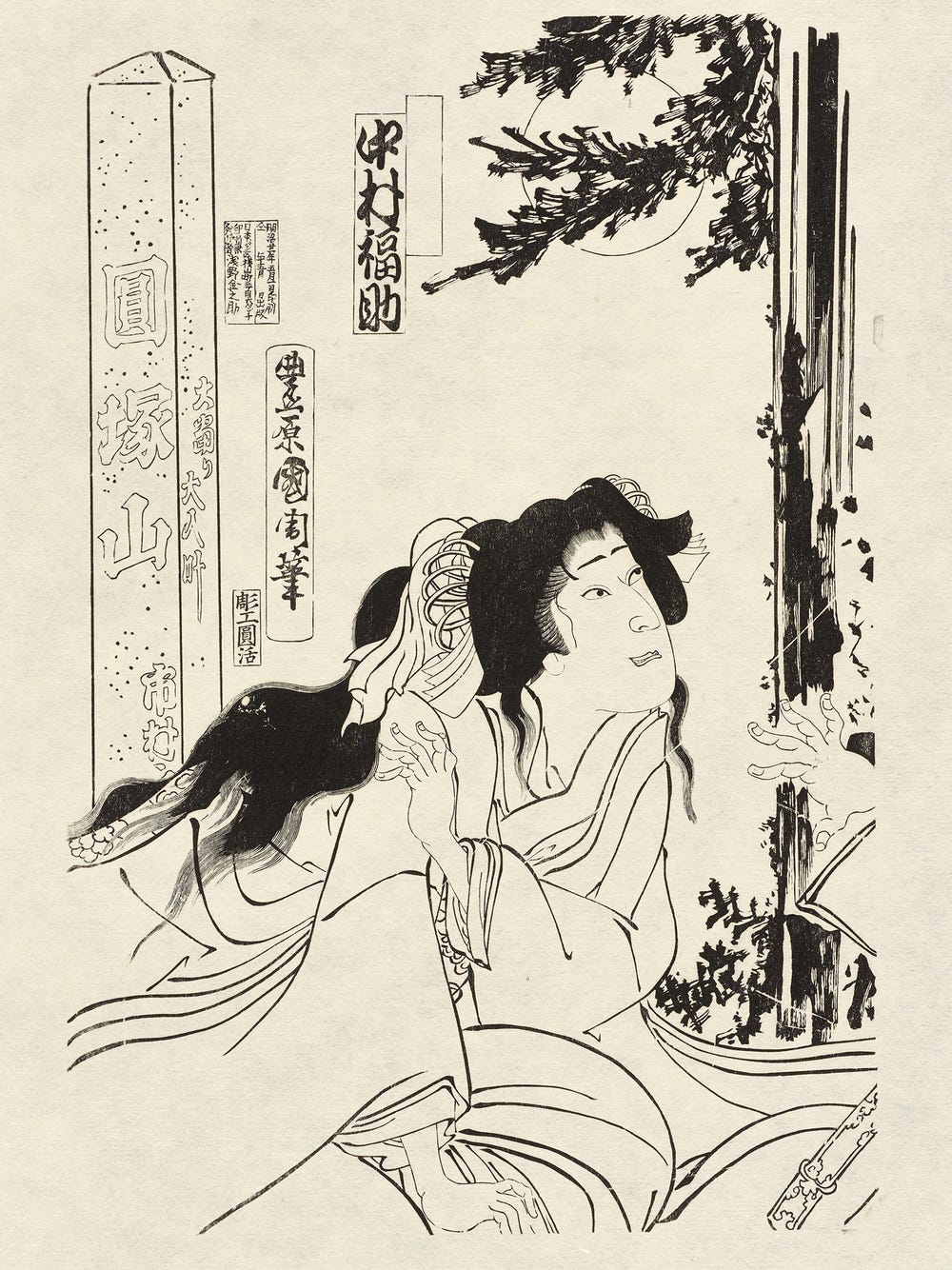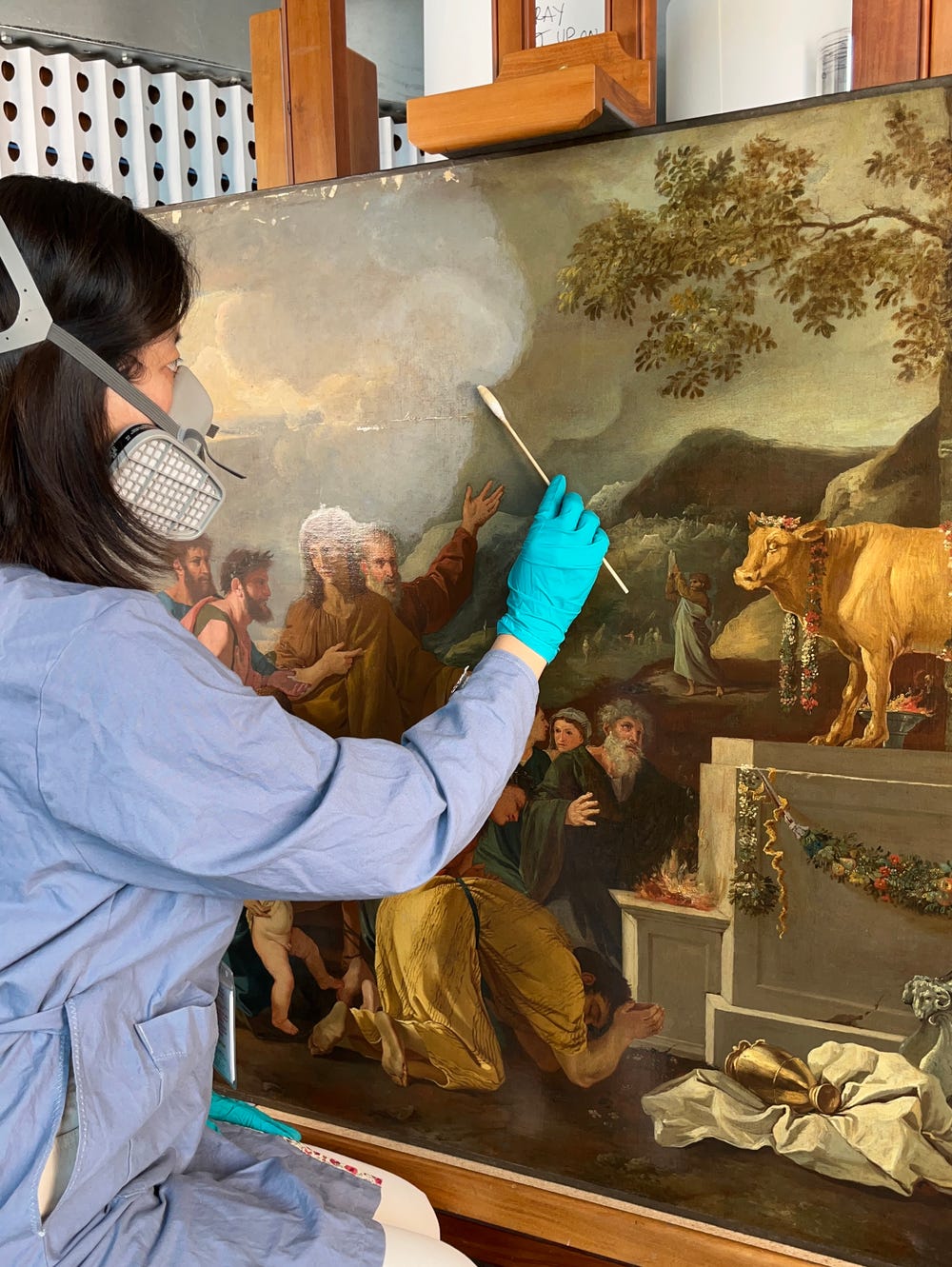Q+A: Al Farrow on The Spine and Tooth of Santo Guerro
By Al Farrow, Jane Williams, and Céline Chrétien
January 27, 2022
Al Farrow, The Spine and Tooth of Santo Guerro, 2007. Steel, Brass, Gold, Bone, Fabric, Tooth, 64 x 50 1/2 x 74 in (162.6 x 128.3 x 188 cm). Fine Arts Museums of San Francisco, Museum Purchase, gift of Dr. Thomas Jackson and Dr. Kathleen Grant, 2008.10. Artwork © Al Farrow
In October 2021, artist Al Farrow sat down with conservators Jane Williams and Céline Chrétien to discuss the origins and future of his massive sculpture The Spine and Tooth of Santo Guerro, 2007. The work, a five-foot-tall Gothic cathedral, is made almost entirely of gun parts and ammunition, along with a human spine and tooth. In the following excerpts from their conversation, Farrow shares everything from his relationship with guns to how he’s finally slowing down (a little).
On the origin of The Spine and Tooth of Santo Guerro
[The cathedral was] the first really major piece. . . . I'll tell you what happened to make this project a go, a very expensive endeavor, because it was going to take a long time. I needed assistance, a lot of materials and a lot of labor, and I didn’t have a lot of money. . . . I had detached retinas in both eyes, and I was legally blind. I had three surgeries . . . And they told me I was going blind . . . But when I got my vision back, and it slowly recovered, my celebration was to do my fantasy. For 10 years I had been thinking of doing that cathedral. And every time I thought of it, I thought, It's too expensive. It's too time consuming. I can't afford it. So, when I got my vision back, I thought, You know what? I don't care how much it costs. I don't care how long it takes. I'm doing this because I can see. . . . And so, I did it. I borrowed money again and again, and I just kept working. And this was the first of my artworks to enter a museum collection. So, it changed my career.
Al Farrow, The Spine and Tooth of Santo Guerro, 2007. Steel, Brass, Gold, Bone, Fabric, Tooth, 64 x 50 1/2 x 74 in (162.6 x 128.3 x 188 cm). Fine Arts Museums of San Francisco, Museum Purchase, gift of Dr. Thomas Jackson and Dr. Kathleen Grant, 2008.10. Artwork © Al Farrow
On his love of gothic cathedrals
I have a real strong affinity to Gothic cathedrals. When I was 12 years old — I grew up in a very poor family, so we didn't have a lot of books and things — I would go to the library, and I didn't know that they had books on architecture. So, I would just take the encyclopedia and put it on the table and open it to gothic cathedrals. The illustration would be that tiny, and I would be copying it much larger with the wrong kind of pencil, too soft, smearing. But I remember drawing gothic cathedrals in the library because I had no peace at home, too many people, but this was the kind of connection I had with gothic.
Sketch by Al Farrow. Photograph by Randy Dodson
On guns
A lot of things that I got are from another era, a lot of World War II, World War I. . . . For example, I told you those were French, the buttresses were French MAB (Manufacture d’Armes de Bayonne), the pistols, but each gun has a name. I had to learn this entire vocabulary when I started this series, because I'd never shot a gun. . . . They scared me. But now I have a vocabulary, and the irony is that I used to be so frightened of gun culture. . . . And now I'm part of gun culture because of my involvement, so, I can actually talk to gun people about most things. . . .
The reason I have a lot of stuff from earlier, than more modern, is because they have a much nicer architecture. . . .
In the case of the cathedral, I chose the guns for the buttresses; that was a very critical part, because flying buttresses are so unique to Gothic architecture and such an important element. . . . So things had to be proportional to that particular pistol. And the other deciding elements were the vertical columns that go all the way from the base to the roof, the Belgian machine-gun barrels. If they didn't work out in proportion, then I would add a base and change the thickness or the steps of the base to give it a little more height. . . .
Now, all the doors, interestingly, are the inside of a small-caliber hunting gun, a .22-caliber. . . . I discovered in taking guns apart that the inside looked better than the outside. The outside was so plain. And they had a slight gothic element. So, I was able to just repurpose them as doors. . . . But each of the doors is unique because they all come from different kinds of guns, but the same type. . . .
Even in the towers, both towers are quite unique. If you go to Florence and you see the cathedral there, each layer was designed by a different architect, because it took so much time. The next-generation architect built the next layer. So, they all wanted to put their own spin on it, their own personality. And so, you'd see these little changes. But yet, the whole thing harmonizes. And I use that idea in my towers, where I made them just the same height, but I'm using different guns. Everything's quite different in each. Most people look at it and they see symmetry. It's not really symmetrical. It's generally symmetrical, but it's really quite individualistic in my choice of materials. And I took a lot of pride in that. It's easier to make two the same. But I used different guns. I used different shapes, different-sized windows, different-sized layers.
Detail of Al Farrow’s The Spine and Tooth of Santo Guerro, 2007. Photographer unknown
On the details that matter
That's how I design all my work, to be attractive from far away. And then when you get close, you discover. And what that does is keep the viewer engaged. Where most people are looking at art, they give it 10 seconds and move on. They don't do that with this. They really get sucked in. And I mean, I design my artwork that way and especially with interiors, so that it's hard to see what's inside. So people have to get so close. . . .
I don't like the work to show in terms of welding and glue. When I see glue on somebody's artwork, I just think, Oh God, it's sloppy. Where I do welding mostly, you won't see the welds because I intentionally try to put them in places where it wouldn't impede the line or the form or be a bump in it. . . . So, that was one of the concepts behind how I attach things. It's really hard to find any welds; I've pointed out a couple, but mostly they're all quite hidden.
On how presentation is everything
I think the lighting is especially one of the bigger factors on how much of a statement the sculpture makes, by the lighting. If you put something in the corner and it's dark and not well lit, it's just not going to grab the viewer. I run a business out of my studio doing restoration and also presentation, base making and just presentation work. And it's so specific. I keep telling people, students or collectors or whomever: the presentation has everything to do with a viewer's first impression.
Al Farrow and conservator Céline Chrétien. Photograph courtesy of Becky Burton
On slowing down (a little)
I think one of the good things that came out of the COVID experience, for me, was that I was finally able to recognize and let go of the urgency, a sense of urgency that I have worked with all of my adult life. Where I must go to work every day. I mean, I was working 18 hours a day at times and it was crazy, but I was so driven, and there was a sense of urgency behind it. I got a late start as an artist, and so I had this sense of urgency. But finally with the COVID, I was forced to stay home for a while, and I'm looking at my life and I realize, I'm 77 years old. There’s no more urgency; I can relax. And that's when I started doing the ink paintings. . . .
They don't take very long to do, but they're fun. And I use a minimum number of movements. But you wouldn't think the guy who did the cathedral would be doing things like masks and skulls. I don't use any references, I just paint. . . . I start with the eyes, just a splash. And then two strokes for that, one for this, very simple. . . . It has an element of calligraphy. I just make a mark and then I start to interpret it. . . . What's really interesting is [my sculptures are] so detailed, all this kind of construction work. That's why my ink paintings are so loose. I need a release from this tight control, measure everything to 1/16 inch or less. With my paintings, I'm just splashing ink, and wild gestures. It's really fun.
Final thoughts
[The Spine and Tooth of Santo Guerro] is still my favorite piece I ever made. There's just something about it. I think it has everything to do with the origin too, where I explained that I was losing my sight, so, there's a special connection from that. But still when I look at all my work together in a big show, 20, 25 of these structures, this piece is absolutely my favorite. And it has to do with that origin connection, but also has to do with how many different things I was able to incorporate, and how many kinds of new devices I came up with in teaching myself, in my own development. There was so much of that in that sculpture.
Artist Al Farrow in conversation with Fine Arts Museums of San Francisco conservators Jane Williams and Céline Chrétien.
Learn more about The Spine and Tooth of Santo Guerro.
